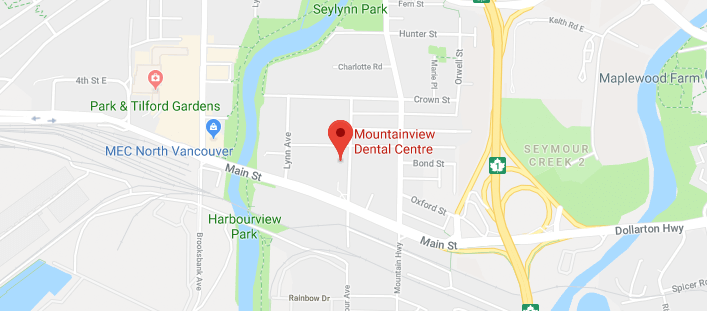Traumatic Dental Injuries
Although most traumatic dental injuries occur among children and teenagers, people of any age can be affected, usually as a result of sports mishaps, automobile accidents, or bad falls. If you’ve experienced a traumatic dental injury, it is crucial to visit your dentist in order to determine any necessary treatment.
Any dental injury, even if apparently mild, requires examination by a dentist immediately. Sometimes, neighboring teeth suffer an additional, unnoticed injury that will only be detected by a thorough dental exam.
Chipped or Fractured Teeth
Chipped teeth account for the majority of dental injuries. Most chipped or fractured tooth crowns can be repaired either by reattaching the broken piece or by placing a tooth-colored filling. If a significant portion of the tooth crown is broken off, an artificial crown or “cap” may be needed to restore the tooth.
Injuries in the back teeth often include fractured cusps, cracked teeth, or a more serious split tooth. If cracks extend into the root, root canal treatment and a full-coverage crown may be needed to restore function to the tooth. Split teeth may require extraction.
Dislodged (Luxated) Teeth
During an injury, a tooth may be pushed sideways out of or into its socket. An endodontist will reposition and stabilize your tooth. Root canal treatment is usually needed for permanent teeth that have been dislodged, and should be started a few days following the injury.
Children between seven and 12 years old may not need root canal treatment, since teeth are still developing. For those patients, the endodontist will monitor the healing carefully and intervene immediately if any unfavorable changes appear.
Knocked-Out (Avulsed) Teeth
If a tooth is completely knocked out of your mouth, time is of the essence. The tooth should be handled very gently; avoid touching the root surface itself. If it is dirty, quickly and gently rinse it in water. Do not use soap or any other cleaning agent, and never scrape or brush the tooth. If possible, the tooth should be placed back into its socket as soon as possible. The less time the tooth is out of its socket, the better the chance for saving it.
Once the tooth has been put back in its socket, the dentist can evaluate it and check for any other dental or facial injuries. If the tooth has not been placed back into its socket, your dentist will clean it carefully and replace it. A stabilizing splint will be placed for a few weeks. Depending on the stage of root development, the endodontist may start root canal treatment a week or two later.
Root Fractures
A traumatic injury to the tooth may also result in a horizontal root fracture. The location of the fracture determines the long-term health of the tooth. If the fracture is close to the root tip, the chances for success are much better. The closer the fracture is to the gum line, the poorer the long-term success rate. Stabilization with a splint is sometimes required for a period of time.
Traumatic Dental Injuries in Children
Chipped primary (baby) teeth can be aesthetically restored. Dislodged primary teeth can, in rare cases, be repositioned. However, primary teeth that have been knocked out typically should not be replanted. This is because the replantation of a primary tooth may cause further and permanent damage to the underlying permanent tooth growing inside the bone.
Children’s permanent teeth that are not fully developed at the time of the injury need special attention and careful follow-up, but not all of them will require root canal treatment. In an immature permanent tooth, the blood supply to the tooth and the presence of stem cells in the region may enable the endodontist to stimulate continued root growth.
Root Resorption
Resorption occurs when your body, through its own defense mechanisms, begins to reject your own tooth in response to the traumatic injury. Following the injury, you should return to your endodontist to have the tooth examined or treated at regular intervals to ensure that root resorption is not occurring and that surrounding tissues continue to heal.
With any traumatic dental injury, time is of the essence. Contact your dentist immediately.



